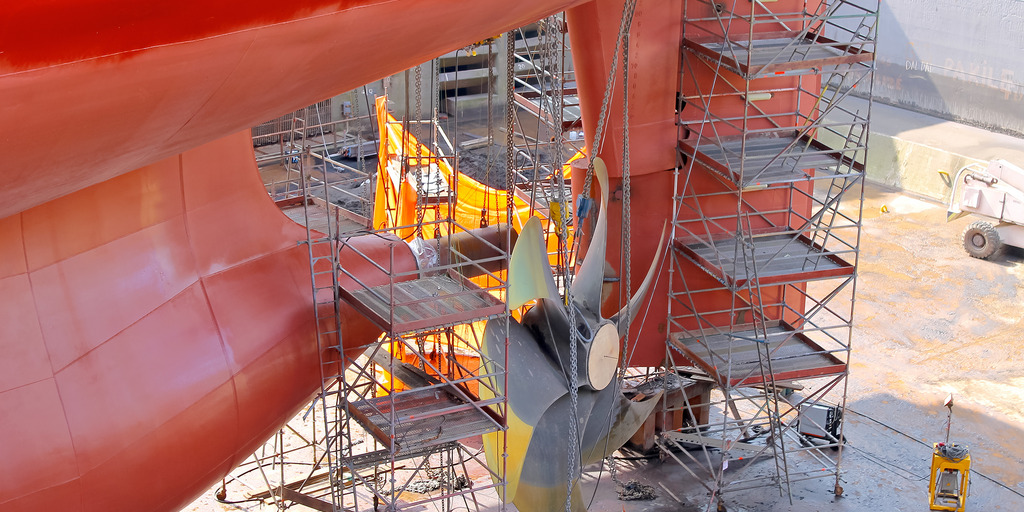International trade has the potential to create development opportunities and increase prosperity. But without rules, it is also possible for countries to gain competitive advantages at the expense of others through unfair practices. In such a case, acceptance of world trade suffers and protectionist tendencies are encouraged.
To ensure that world trade is fair and can contribute to the prosperity of all countries, there is a complex international regulatory framework that is constantly evolving. The multilateral trading system, as shaped by the General Agreement on Tariffs and Trade (GATT) and the World Trade Organization (WTO) is particularly in focus here. The WTO is a forum in which the central questions of trade policy can be discussed, in which the international community of states gives itself binding rules and these can also be enforced through the dispute settlement procedure. But the WTO has come under pressure. A changed international fabric of economic powers, a blockade of the Doha Round and other factors have contributed to the risk of the WTO losing its central functions. The GED project is convinced that the world trade system needs an organisation like the WTO and that it is therefore necessary to strengthen the WTO and its role.
To this end, GED has set up an expert commission which has made feasible proposals on how the WTO can improve its functioning and become more attractive again for its members. Important elements here are improved institutional learning, more flexible regulation and a stronger role for the General Secretariat.
However, trade policy does not take place exclusively at WTO level. Through plurilateral trade agreements, groups of countries try not only to create preferential access to important sales markets. Such agreements – such as the Trans-Pacific Partnership (TPP) or the failed Transatlantic Trade and Investment Partnership (TTIP) – often aim to set standards and norms for a large economic area. Many other countries then voluntarily adopt these standards in order to achieve the smoothest possible access to such large markets. In this way it is possible to set international rules even without formal multilateral agreements. Especially in areas where no progress can currently be made at multilateral level, this can be a means of advancing pressing international trade policy issues.



